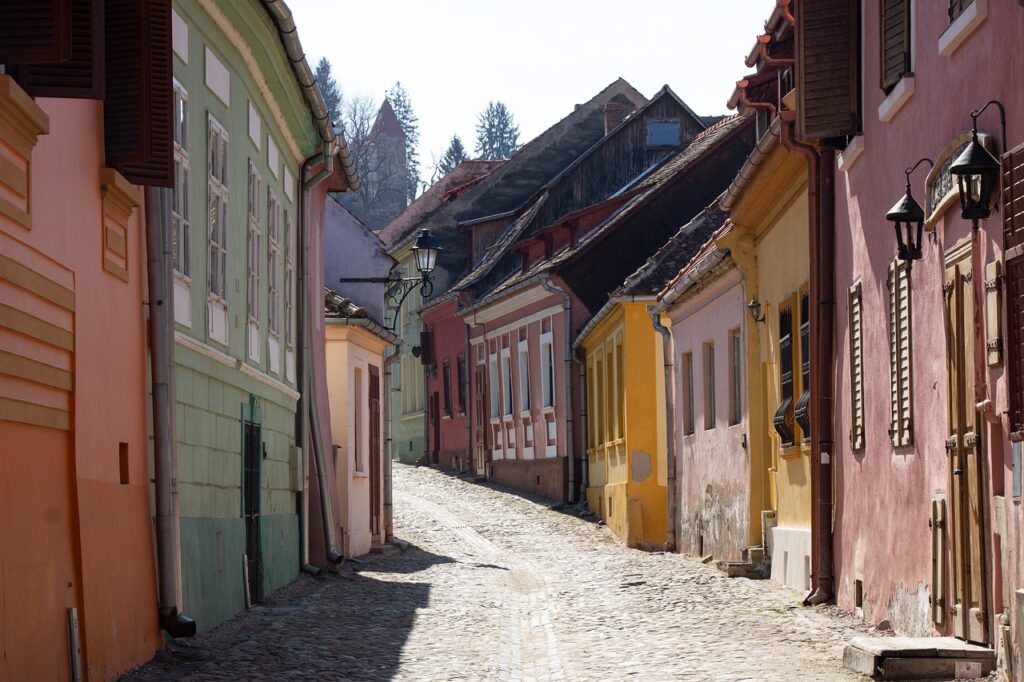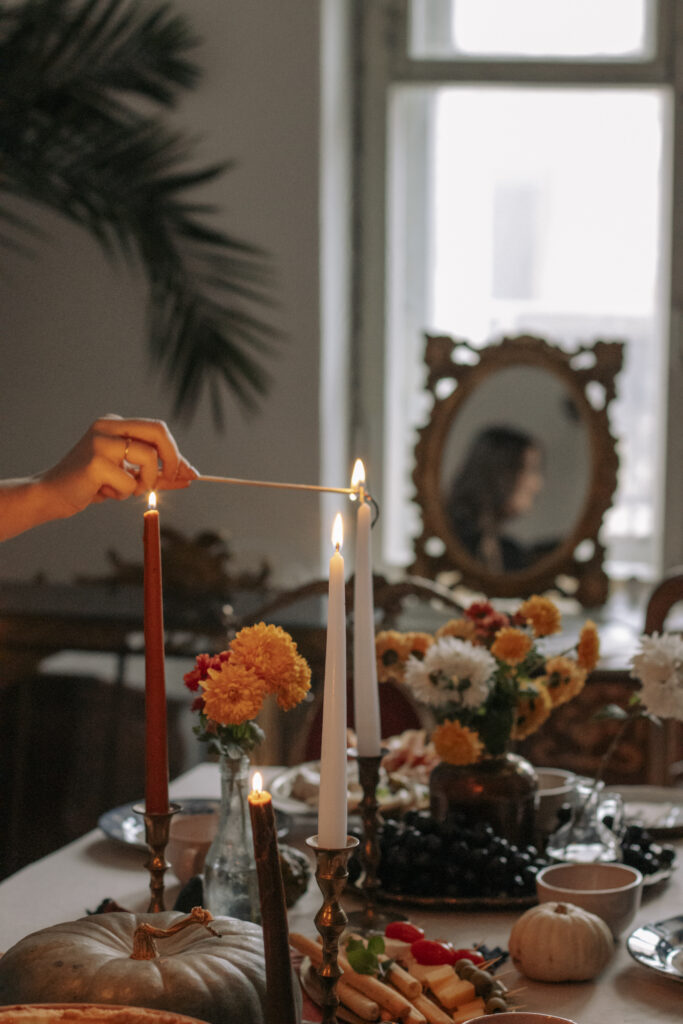The Pumpkin Spice Chronicles: Unmasking the Pre-Christian Roots of Halloween Celebrations
Do you know how the fun and spooky holiday of Halloween began? Well, it didn’t start with candy and costumes, but rather from old traditions and festivals. People a very long time ago, even before there was Christmas or Easter, celebrated different things during Halloween. In this story, “The Pumpkin Spice Chronicles: Unmasking the Pre-Christian Roots of Halloween Celebrations”, you’ll find out all about it. So, prepare your flashlight, put on your detective hat, and let’s take an exciting journey back in time!

This image is property of pixabay.com.
Ancient Roots of Halloween
Halloween, with all its ghoulish charm, didn’t just appear out of thin air. It’s like a very old tree, with roots reaching deep into history. Imagine we’re going on a journey back in time.
Unveiling the Pagan Traditions
Long before kids were dressing up as superheroes and knocking on doors for candy, ancient people were having their own kind of Halloween parties. These people, called Pagans, celebrated many of nature’s wonders throughout the year. Their festivities often involved masks, costumes, food, music, and the honoring of spirits.
Roman Festival of Pomona: The Apple Harvest
In ancient Rome, a festival was held in honor of Pomona, the goddess of fruit trees. People celebrated by sharing a big feast and playing games with apples. Ever played bobbing for apples at Halloween? You can think of the Romans for that!
Celtic Festival of Samhain: The Supernatural
A little north in Celtic lands, end of summer was marked by the festival of Samhain. This was a time to bid goodbye to the warmer months and prepare for winter. They believed this was the time when the veil between our world and the spirit world was thinnest, so they would honor the spirits and ask for their protection.
From Fertility Rites to Frights
The Fertility Aspect of Pre-Christian Autumn Festivals
The Pagans held autumn festivals to thank their gods for the year’s harvest and to ask for a fertile year ahead. Pumpkins, corn, and apples often made an appearance during these feasts, signaling abundance and rebirth.
Evolution of Fearsome Elements: Ghosts, Witches, and More
As time passed, the ghosts and spirits the Pagans used to honor developed into scarier figures in folktales. Witches brewing potions, skeletons rattling, and vampires lurking in the shadows, all these fearsome and fun elements found their home in Halloween.

This image is property of pixabay.com.
Pumpkin Spice Everything: Tracing its Roots
Origins of the Pumpkin in American Traditions
The pumpkin’s path to Halloween started when Irish immigrants brought their carving traditions to America. Instead of carving turnips like they did in the old country, they found the native pumpkin much easier to carve. These carved pumpkins shone like lanterns with a candle inside.
Evolution into the Iconic Pumpkin Spice
Over generations, the pumpkin moved from a Halloween decoration to a beloved autumn symbol. Cinnamon, nutmeg, ginger, and allspice were added to the pumpkin, creating the iconic flavor we now know as pumpkin spice. It became a big part of festivities, showing up in hot drinks, pies, candles, and more.
The Christianization of Halloween
All Hallows Eve: The Christian Spin
Christianity started to spread, and the church wanted to replace Pagan holidays with their own versions. So, they placed All Hallows’ Eve, a night to honor all the saints, on the same day as Samhain.
Merging of Pagan and Christian Beliefs over Centuries
The mixing of Pagan and Christian beliefs over time resulted in the Halloween we know today. Many customs from both sides can still be found in our modern celebration, like honoring the dead, lighting candles, wearing costumes, and sharing a feast.

This image is property of pixabay.com.
Costume and Candies: A Look Back
Origin of Trick-or-Treating as Guising
Trick or treating is a lot older than you may think. The Celts would dress up in costumes and go from house to house, a custom they called ‘guising.’ This was believed to protect them from the spirits wandering on Samhain.
The Inclusion of Costumes and Candies
As Halloween spread to America, costumes evolved from scary guises to fun and friendly outfits. The trick became less about pranks and more about collecting treats, with candies becoming a popular offering to the costumed children.
Jack-O-Lanterns: More than Just Carved Pumpkins
The Legend of Stingy Jack
The Jack-o-Lantern comes from a fun old story about a man named Stingy Jack, who tricked the devil more than once. When Jack died, he was too mischievous for heaven and too cheeky for hell, so he was sent off into the night with only a burning ember for light, which he put into a carved-out turnip.
Symbolism and Developments of the Carved Pumpkin
Today, carving pumpkins continue his story, scaring away any ghouls with their glowing faces. So, every time we carve a pumpkin into a Jack-o-Lantern, remember, we’re also carrying on an old tradition.
Beyond Borders: Halloween’s Modern Avatar
Spreading to Other Cultures and Continents
Our Halloween practices have traveled far and wide, reaching other cultures and continents. It has been given a fresh spin in every place it’s landed, taking on new forms and incorporating different ideas.
Modern Halloween: A Blend of Cultures and Traditions
Halloween as we know it today is a potpourri of old and new, combining ancient customs, Christian influences, and modern elements. So, when we celebrate Halloween, we’re celebrating a tradition that many, many people from different times and places have helped shape.
The Dark Side of Halloween
Controversies and Misunderstandings over the Years
As Halloween evolved, some also grew worried and skeptical. Some people claimed it was evil or disrespectful, while others just thought it was all in good fun. Controversies stirred up misunderstandings, but Halloween has always been about remembering and celebrating, not being scary or mean.
Addressing the Fears and Superstitions
Despite being filled with simulated scares, Halloween isn’t meant to be truly scary or dangerous. Some superstitions may seem spooky, but they’re just part of the tradition and can add extra fun to Halloween festivities. Encountering a black cat or walking under a ladder might be bad luck, but only within the imaginative world of Halloween!
Decoding Halloween Symbols
Common Halloween Symbols and Their Origins
Every Halloween symbol has its own backstory. black cats were believed to be witches’ companions, bats were associated with the night and darkness, and the spider weaving its web symbolized mystery and intrigue. These images have all rolled into the delightful mix of Halloween character we love today.
The Role of Superstitions and Folklore in Shaping Traditions
Many of these symbols are steeped in old beliefs and superstitions. They have traveled down generations, being molded by stories and folklore, until becoming the fun and frightful figures of modern Halloween.
The Halloween Junkie Take
Celebrating Halloween: An Affair with History and Culture
So, the next time you’re getting ready for Halloween, remember you’re part of a tradition that’s older than the oldest tree you’ve ever climbed. That’s pretty cool, isn’t it? You’re not just celebrating a holiday, you’re also celebrating history and culture.
The Quintessential Allure of Pumpkin Spiced Autumn Soul
As you sip your pumpkin spiced latte and carve your Jack-o-Lantern, remember that autumn is a special time. It’s a time when the veil between past and present thins, allowing us to revisit old traditions and bring them alive again. So go on, create unforgettable Halloween memories and enjoy every spiced and spirited moment of it!





